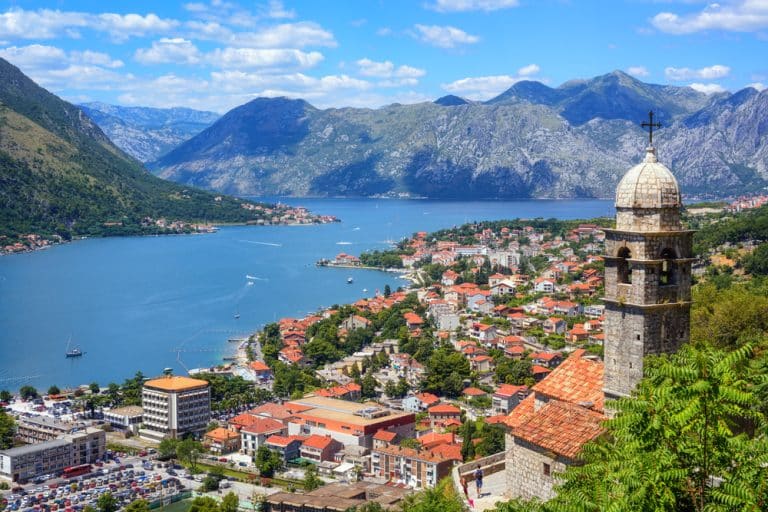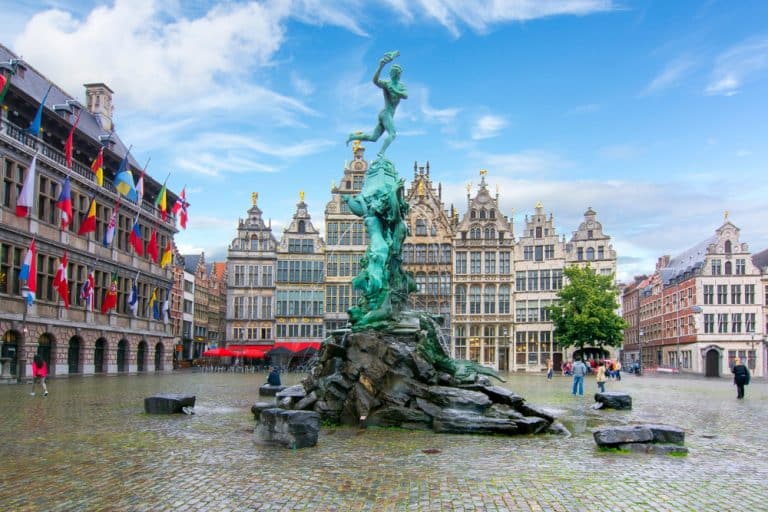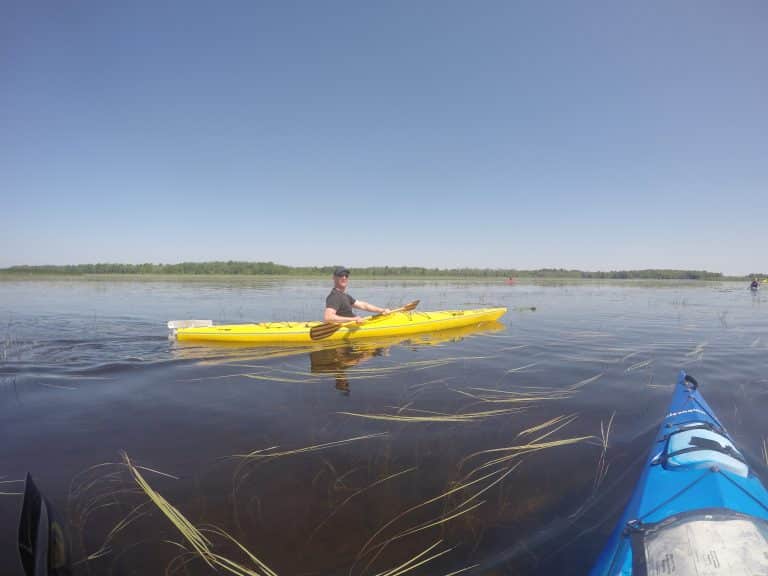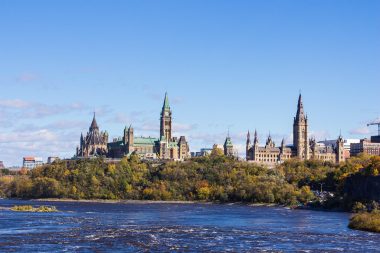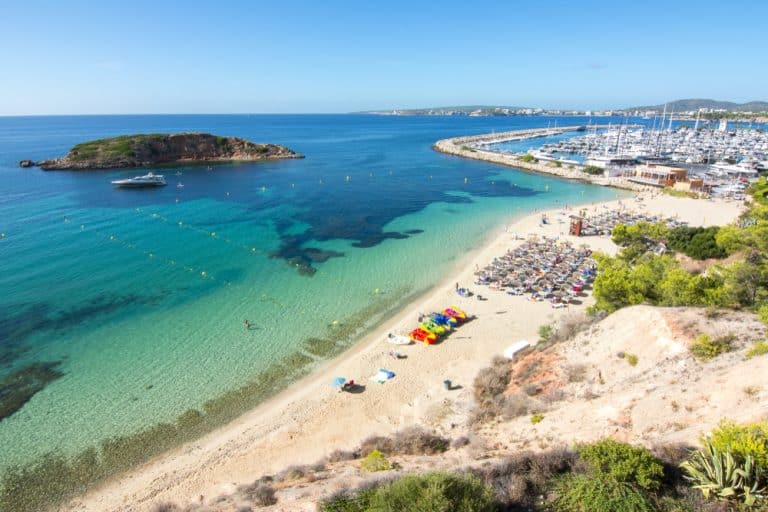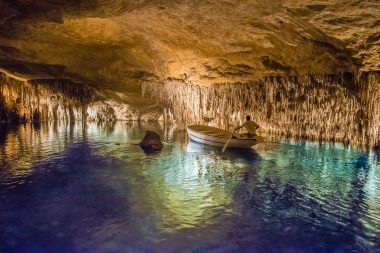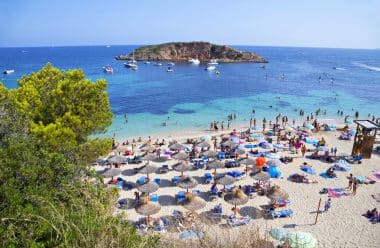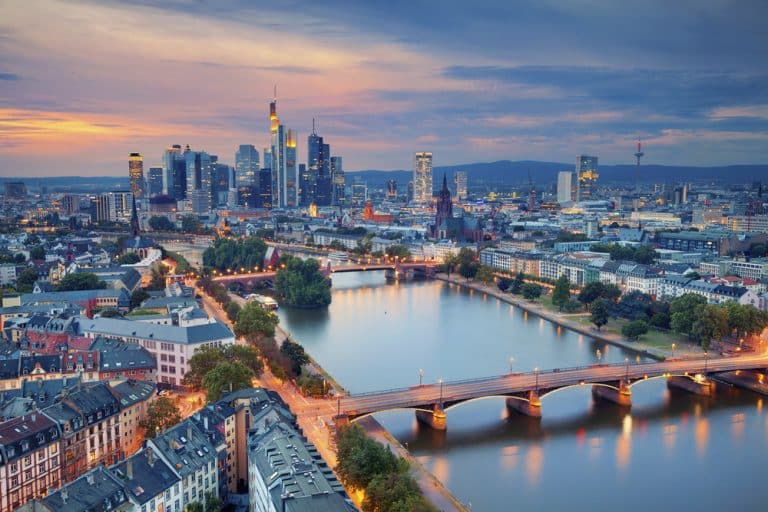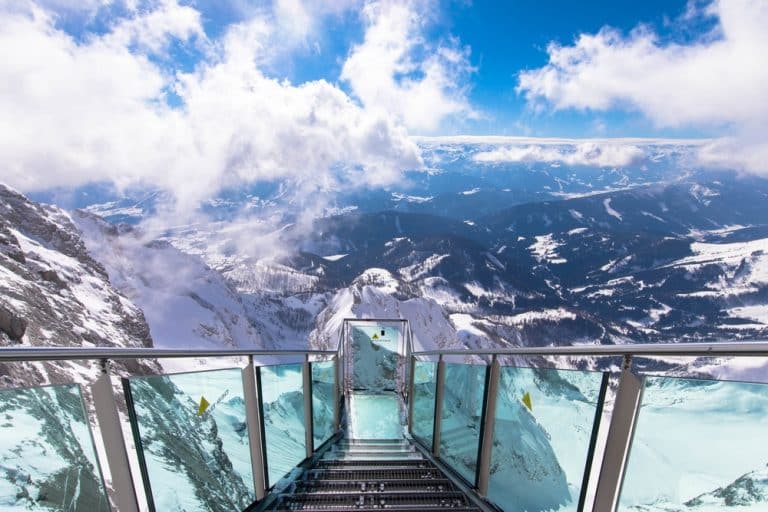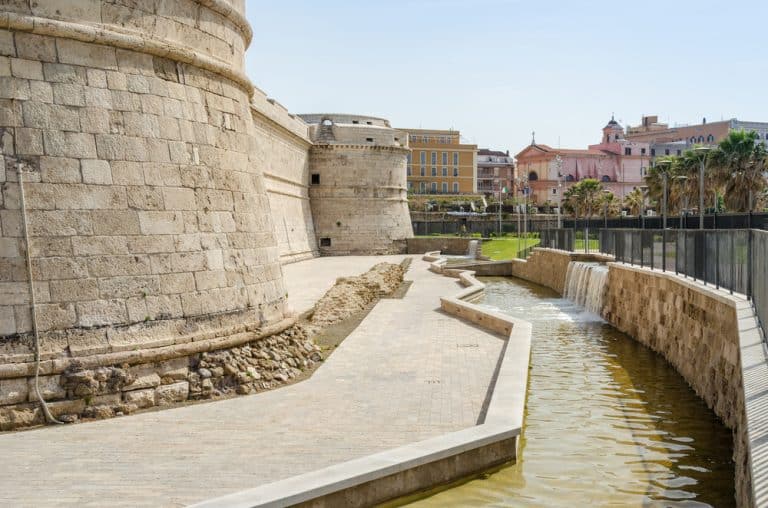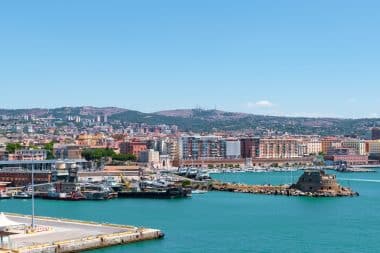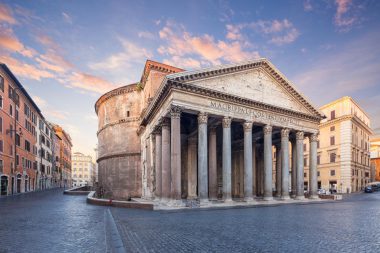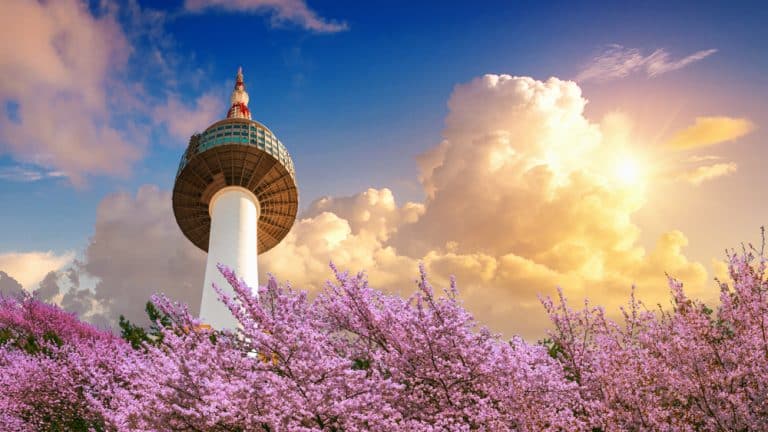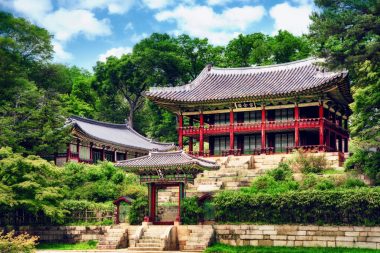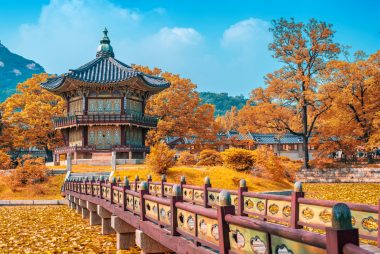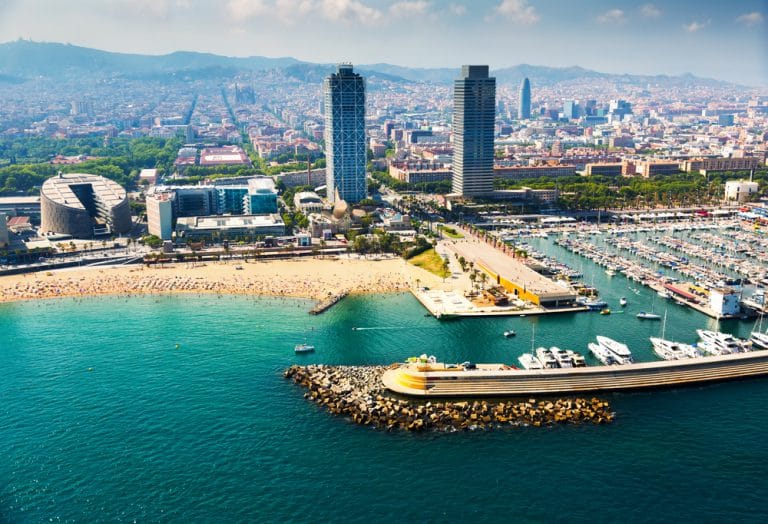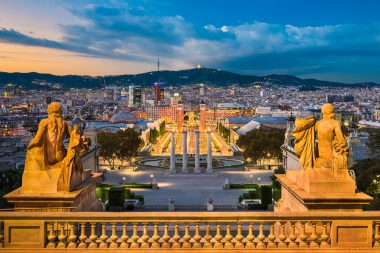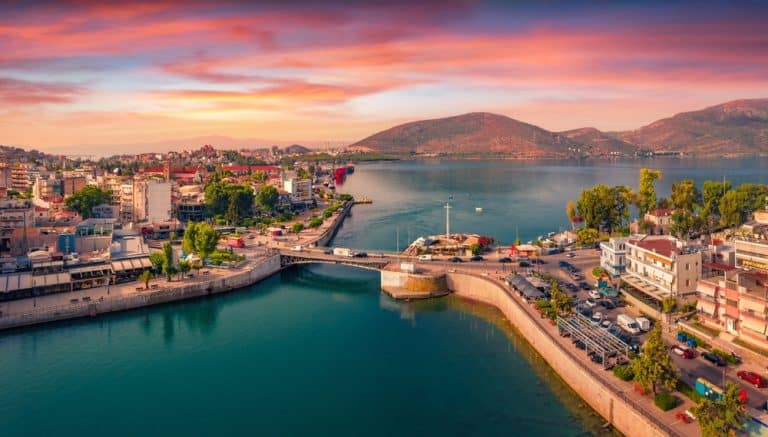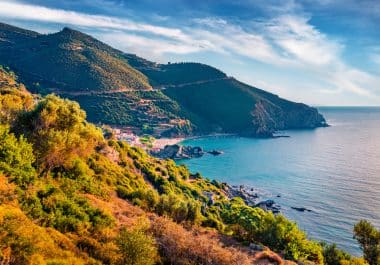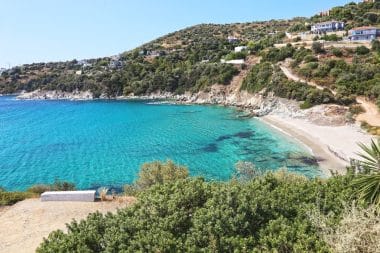The idea of visiting Montenegro is wonderful. You will discover culture, history, magnificent nature, crystal clear waters and warm beaches. Located in the deepest part of the impressive Bay of Kotor (Boka Kotorska), Kotor could not offer more contrasting landscapes. The fortified Old Town is located at the foot of St. Ivan Hill and the Lovćen Mountains, and the maze-like streets surprise with cafes, churches, and restaurants in the hidden squares. The mountains that rise above the city provide shelter for the entire bay.
The short but turbulent Shkurda River flows through the northern part of the city, and the Gurdić spring is located in the western part.
There is no exact information about the origin of the city, but archaeologists believe that it was built on the remains of the ancient city of Acruvium. According to ancient Greek legend, the city was founded by the Argonauts, who returned home with the Golden Fleece.
Kotor is a UNESCO World Heritage Site because it played an important role in the art and culture of the Balkans in the Middle Ages and because of its remarkable maritime tradition as an important port with the oldest surviving seafarers’ guild in the world. In the city, you will feel the influence of Mediterranean culture and Venetian architecture.
Don’t miss the visit to the old town
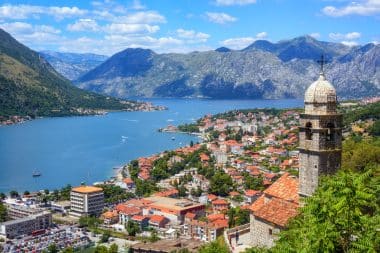
The Old Town of Kotor is like a smaller version of Dubrovnik, tucked away in a secluded corner of Boka Kotorska Bay, in the shadow of the limestone cliffs of the mountain. The walls surrounding the old town of Kotor are 15 m wide and 20 m high. They are a clever addition to the natural protection provided by the steep cliffs of St. Ivan Hill. The old town can be entered through three gates. The most important is the Sea Gate, which was built in 1555.
The best way to explore the old town and soak up its atmosphere is to get lost in the narrow, cobbled streets. Start your adventure at the Sea Gate, right on the bay. Moving clockwise, you’ll see most of the top attractions, including Coat of Arms Square, Flour Square, the Maritime Museum, and the churches of St. Luke and St. Nicola. Turn left and you’re back where you started.
Surrounded by a city wall, the city is crisscrossed by narrow streets and squares where charming restaurants, cafes and craft shops are located. In every corner of the city you can discover the history of its long and illustrious past: the Cathedral of Saint Tryphon from Roman times, the Church of St. Luke from the 13th century, the Prince’s Palace from the 17th century and the Napoleon Theatre from the 19th century. The city offers a wide range of carnivals and festivals, which also add to its charm.
The Bay of Kotor enchants with its beauty
The Bay of Kotor, also known as Boka, is a place of breathtaking beauty. It is the deepest fjord bay in the Mediterranean and is surrounded by two mountain massifs of the Dinaric Alps: Orjen in the west and Lovćen in the east. The dense granite walls of the mountains rise steeply out of the water and offer one of the most unforgettable views in this part of Europe.
The bay has been inhabited for centuries, and the 107.3 km of coastline is dotted with well-preserved medieval towns, mountain trails, hidden coves, and secluded rocky beaches. It has been a World Heritage Site since 1979 and offers numerous activities on and off the water.
The bay is home to the oldest navy in the world, the Bokeljska Mornarica (Boka Kotorska Bay Navy), which has been active for over twelve centuries and still maintains its traditional clothing, dances and ceremonies.
If you love cats, you’ll love Kotor too
Cats have become the unofficial symbol of the city. In the old town you can buy souvenirs with cat motifs, pins and all kinds of other things. They stroll through the old town, look for the sunniest places where someone always takes care of them, and eat small bites from the best restaurants in the city. There’s even a cat museum, one of the city’s most popular attractions.
No one knows for sure why there are so many cats in Kotor. It is generally believed that they were abandoned by the merchant ships that have visited the city over the centuries. Seeing them perched on ancient walls and monuments adds to the peaceful charm of the city and provides a lucrative motif for artists and jewelry makers alike.
Island churches

Half an hour north of Kotor, at the gates of the town of Perast, there are two small islands, each home to perfectly shaped medieval chapels. Sveti Juraj (St. George’s Island) is only accessible to clergy. Our Lady of Healing can be visited by anyone and can be reached by boat, which is moored on the shore of the small harbour in Perast.
Both islands are incredibly photogenic, appearing in every article and brochure about the Bay of Kotor. Our Lady of Škrpjela is also the only man-made island in the Adriatic. According to local legend, the “construction” began in 1452, when fishermen found an image of the Virgin Mary here. There is also a small gift and souvenir shop on the island.
The islets are best viewed from the waterfront restaurants in Perast, with a plate of freshly prepared seafood and a glass of cool wine.
Enjoy a hike on the ladder of Kotor
The Ladder of Kotor is a spectacular hiking trail that follows the legendary route that connects Kotor with Cetinje and the village of Njeguši. For centuries, this has been the only trail that connects Kotor and Cetinje, offering phenomenal views of the Old Town, the Bay of Kotor and beyond. The trail starts at the back of the old town and zigzags up the mountain, along the old city walls. Here you will find the Chapel of St. Ivan and the Castle of San Giovanni. Both can be seen from the old town. From here, the actual Kotor ladder begins, which takes you on the mountain side. The last trail near the Nevjesta Jadrana restaurant is a great place to celebrate your climb before heading back or taking the bus back to Kotor.


